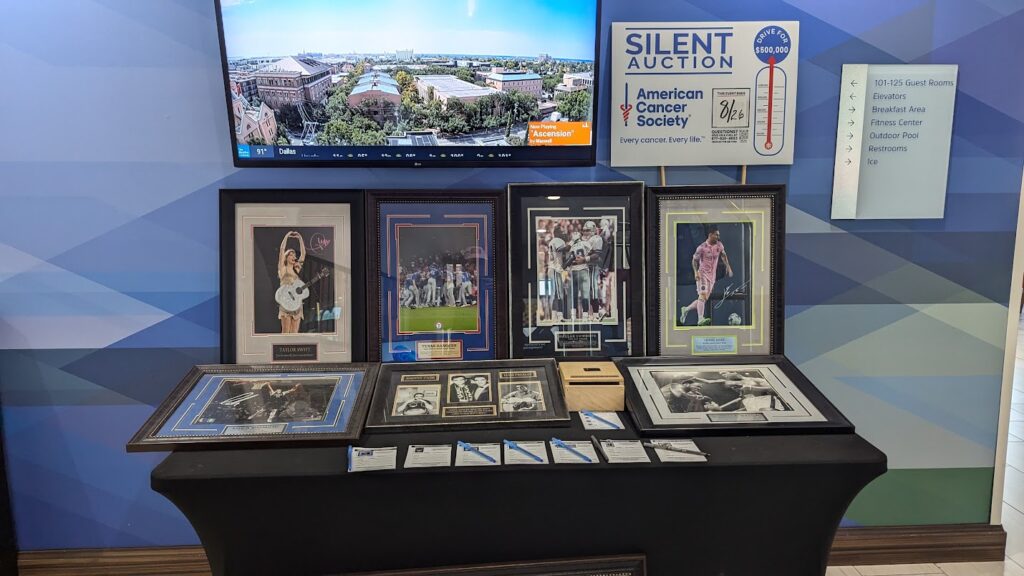One of the most challenging aspects of being an artist is handling the many requests for donations that come your way. From school fundraisers to charity auctions and community events, it can feel like there’s a new ask every week. While it’s heartwarming to see so many people recognizing the value of your work, it’s equally important to remind yourself that you can’t say yes to every request—and that’s okay!
It’s natural to feel a pang of guilt when turning down a fundraiser, especially when it’s for a cause you care about. But remember: your time, creativity, and resources are finite. Saying no doesn’t mean you don’t care—it simply means you’re setting boundaries to ensure you can continue to create and sustain your business.
To ease the guilt, try reframing how you view your contributions. Perhaps you’ve already supported one or two causes this year—acknowledge and celebrate that generosity. Remind yourself that by protecting your time and resources, you’re ensuring you can give meaningfully when the right opportunity arises, rather than overextending yourself.
When declining a request, you can also express your support in non-financial ways, like promoting their fundraiser on your social media or attending their event. These gestures show you care without compromising your personal or professional boundaries.
By giving thoughtfully, rather than reactively, you’ll find a balance that allows you to support causes close to your heart and protect the value of your work. After all, a thriving artist can give more in the long run than one who is stretched too thin.
Remember: Saying no to one request doesn’t mean you’re saying no forever—it simply means you’re prioritizing your time and resources right now. And that’s something to be proud of!
Saying No with Grace: A Guide for Artists on Handling Discount and Donation Requests
As an artist, your work is your passion, but it’s also your livelihood. Requests for discounts or free artwork can put you in a difficult position, especially when they come from friends, family, or organizations you admire. While generosity has its place, it’s important to set boundaries to protect your time, creativity, and financial well-being. Here are some strategies to say no gracefully when faced with such requests.
1. Respond with Gratitude and Professionalism
Start by acknowledging the request with appreciation. People often ask because they admire your work, even if their approach might undervalue it. A polite and professional tone sets a positive tone for the conversation.
Example:
“Thank you so much for thinking of my work for your project/auction. I’m truly honored that you enjoy my art!”
2. Offer an Alternative
Rather than outright declining, consider offering an alternative that works for both parties. This could be a smaller item, a discount code for limited use, or even advice on selecting from your current collection.
Example:
“I can’t offer free work at this time, but I’d love to suggest some smaller pieces that might fit your budget.”
3. Share Your Policy
Establishing and sticking to a clear policy about discounts and donations can help avoid awkwardness. When you treat it as a business matter, it reinforces the value of your work.
Example:
“I have a policy to limit donations to one or two causes per year to ensure I can sustain my practice. Unfortunately, I’ve already fulfilled those commitments this year.”
4. Educate on the Value of Your Work
Sometimes, people don’t realize the time, effort, and materials that go into creating art. Use this as an opportunity to educate them tactfully.
Example:
“Each piece I create involves countless hours of work and materials, so I’m unable to give discounts. I hope you understand that this allows me to continue creating the art I love.”
5. Reframe the Conversation
If someone asks for a discount, steer the conversation back to the value of the work. This shifts focus away from the price and onto the uniqueness of your art.
Example:
“I understand the need to stay within a budget. My art is priced to reflect the quality and effort I put into it, and I believe it’s a lasting investment.”
6. Stand Firm but Kind
It’s okay to say no without apology or overexplaining. A simple, direct response shows confidence in your value as an artist.
Example:
“Thank you for reaching out. Unfortunately, I’m unable to provide free or discounted work, but I appreciate your interest in my art.”
7. Encourage Support Through Other Means
When saying no to a donation, you can still invite people to support your work in other ways, such as attending your shows or purchasing your work.
Example:
“While I can’t donate at this time, I’d love to stay involved in other ways. Let me know if I can provide promotional materials or if there’s an opportunity to collaborate in the future.”
8. Lean on Your Network
If the request is for a charity auction or event, you might suggest they connect with a gallery or sponsor you’ve worked with to explore other ways to support their cause.
Example:
“I can’t donate directly, but I’d be happy to help you connect with [Gallery/Sponsor Name], who might be interested in collaborating with your event.”
9. Keep It Simple
Sometimes, the best response is short and straightforward. Not every request requires a lengthy explanation.
Example:
“Thank you for thinking of me, but I’m unable to fulfill this request at the moment.”
10. Practice Saying No
It can be hard to say no at first, especially if you’re used to saying yes. Practicing your responses with a trusted friend or in front of a mirror can help you build confidence.
As an artist, you have the right to value your work and set boundaries that protect your creative energy and business. Saying no doesn’t make you unkind or ungrateful; it shows you respect your craft and yourself. By responding thoughtfully and professionally, you can maintain relationships while ensuring your art remains sustainable.




